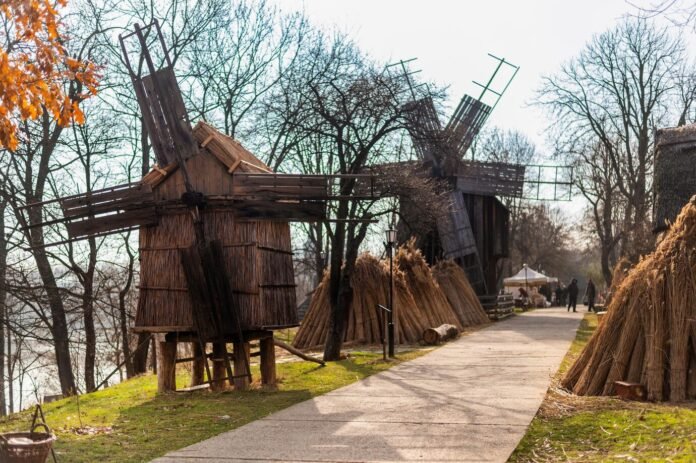Introduction
Peter Cooper Village, nestled in the bustling heart of Manhattan, is a historic residential community that offers a unique blend of tranquility and urban convenience. Known for its spacious apartments, lush green courtyards, and prime location near Gramercy Park and the East Village, this neighborhood has long been a sought-after destination for New Yorkers seeking a peaceful retreat without sacrificing city living. Originally developed in the mid-20th century as a middle-class housing project, Peter Cooper Village has evolved into a prestigious address, maintaining its charm while adapting to modern demands.
Headings and Explanations
1. The History and Development of Peter Cooper Village
Peter Cooper Village was constructed in the late 1940s as part of a post-war housing initiative to provide affordable yet high-quality living spaces for middle-income families. Named after the 19th-century industrialist and philanthropist Peter Cooper, the complex was designed with a focus on community and open spaces, a rarity in densely populated Manhattan. Over the decades, it has undergone various ownership changes and renovations, yet it has retained its original architectural integrity and commitment to fostering a close-knit residential environment.
2. Architectural Design and Layout
The neighborhood is characterized by its red-brick buildings, tree-lined walkways, and expansive courtyards, offering residents a suburban feel within the city. Unlike the towering skyscrapers commonly associated with New York, Peter Cooper Village features mid-rise structures with spacious floor plans, high ceilings, and large windows that allow ample natural light. The thoughtful urban planning ensures a balance between private living spaces and shared green areas, making it an ideal place for families and professionals alike.
3. Amenities and Lifestyle Offerings
Living in Peter Cooper Village means enjoying a variety of amenities, including landscaped gardens, playgrounds, fitness centers, and easy access to nearby shopping and dining options. The neighborhood’s proximity to Union Square and Stuyvesant Town enhances its appeal, providing residents with cultural attractions, farmers’ markets, and efficient public transportation. The sense of community is strong, with seasonal events and local gatherings fostering connections among neighbors.
4. The Real Estate Market and Housing Trends
While initially designed as affordable housing, Peter Cooper Village has transitioned into a more upscale market, attracting professionals and families willing to pay a premium for its unique offerings. The demand for apartments here remains high due to the scarcity of large, well-maintained units in Manhattan. Recent trends show a steady increase in property values, making it not only a desirable place to live but also a sound long-term investment.
5. Challenges and Future Prospects
Like many historic neighborhoods in New York, Peter Cooper Village faces challenges such as rising maintenance costs, debates over rent stabilization, and the pressures of urban development. However, its strong community advocacy and commitment to preserving its character ensure that it remains a cherished part of the city’s landscape. Future developments may include eco-friendly upgrades and enhanced public spaces, further solidifying its reputation as a model for urban residential living.
Conclusion
Peter Cooper Village stands as a testament to thoughtful urban planning and community-centric living in one of the world’s most dynamic cities. Its rich history, architectural charm, and vibrant neighborhood culture make it more than just a housing complex—it’s a living, breathing community that continues to thrive amid the ever-changing backdrop of New York City. Whether you’re a long-time resident or a newcomer, Peter Cooper Village offers a rare combination of space, serenity, and city life that is increasingly hard to find in Manhattan.


